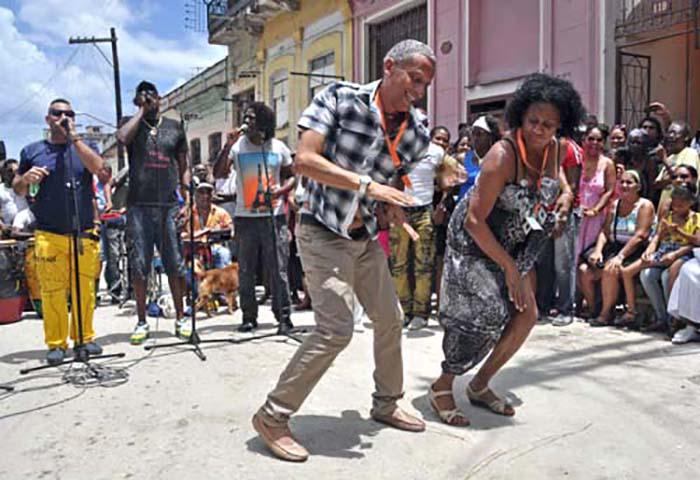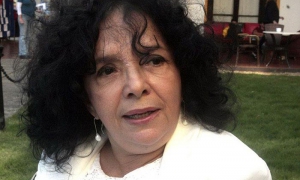
Choreographer and dancer Ulises Mora, president of the Timbalaye international cultural project arrived at the beautiful port of Veracruz, Mexico to attend the recent opening of the Casa Latinoamericana de la Poesía, directed by María Elena Mora, head of the project’s regional team.
Mora kindly spoke with Granma International about Timbalaye which he founded and has been directing for the last 16 years. He noted that the project emerged in response to the need to publicize the unjust imprisonment of the Cuban Five. “We thought about how we could use art, culture, how through our modest contribution we could let the international community know about this injustice, that’s how the idea came about.”
Regarding the name of the project Mora notes, “There was a word we had in mind since the beginning, Timbalaye, which is deeply rooted in our Afro-Cuban tradition. It is a Yoruba word which means “stability, a tranquil life and is loaded with nuances, both in and outside of Cuba the word translates to life force.
“The project is centered around rumba, which encompasses a sense of belonging, one of the most authentic expressions of collective Cuban identity,” states Mora.
Timbalaye has become a far-reaching phenomenon. One of the most significant moments of the project was its inauguration in the center of Rome, where its headquarters is based. “We paid tribute to the extraordinary rumbero that was and is Gonzalo Nicanor Asencio Hernández Kesel, who put rumba into the spotlight during the early 20th century.”
As if rumba weren’t enough, Timbalaye also includes other artistic expressions. “It is also literature, poetry, visual arts… all of which have been presented through various initiatives over the last 16 successful years of the project, we have participated in international fairs - shining a spotlight on Cuban culture, we hold regular forums in Rome with open air drumming performances in the plaza San Silvestro by delegations from Cuba and Mexico. We have brought son and rumba, two rhythms which are part of the nation’s heritage, to cultural centers, schools and museums.”
The artistically eclectic project is expanding with the recent opening of the Casa Latinoamericana de la Poesía. Among scheduled events aiming to establish the Casa as a permanent space for continental cultural gatherings, is a meeting in May between representatives from different countries of the region, to discuss industrial heritage, specifically “how recreational and even historic sites can be revived, and transformed into dynamic, creative spaces where poetry - which represents our collective voice - will always take pride of place, and all the artistic manifestations encapsulated in Timbalaye will be presented.”
“Rumba is poetry, intelligence, collective expression which transcends the limits of marginalization, a timeless national tradition of celebration,” he notes, also highlighting Timbalaye’s most recent goal:
“We have received support from organizations such as the Fernando Ortiz Foundation, the Union of Cuban Writers and Artists and the National Cultural Heritage Council to prove to UNESCO that rumba constitutes intangible human heritage. We visited various areas of the country on a tour called “la ruta de la rumba” (the rumba route) lasting several days, and although we knew that Cuba is a rumba nation from Punta de Maisí to Cabo de San Antonio, the experience provided irrefutable proof. From children to elderly people, everyone dances rumba, everywhere. Recognition of this reality would mean a dream come true for Timbalaye.






